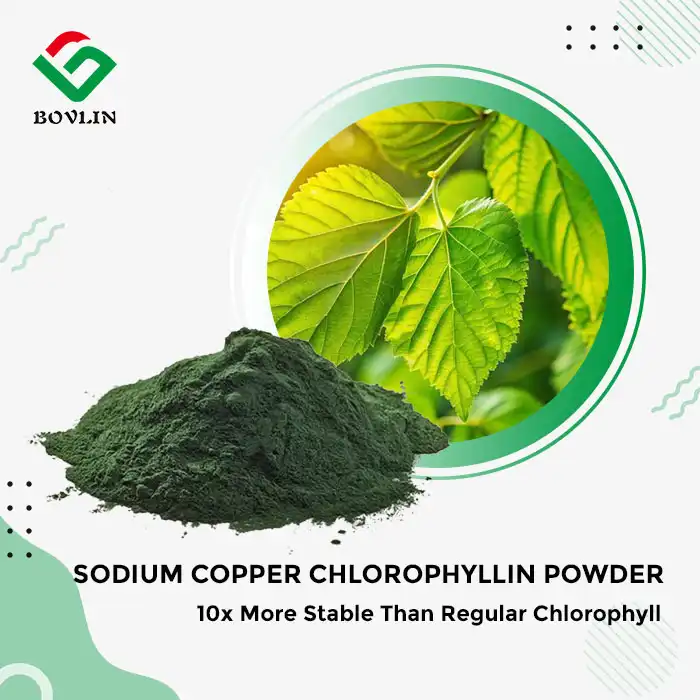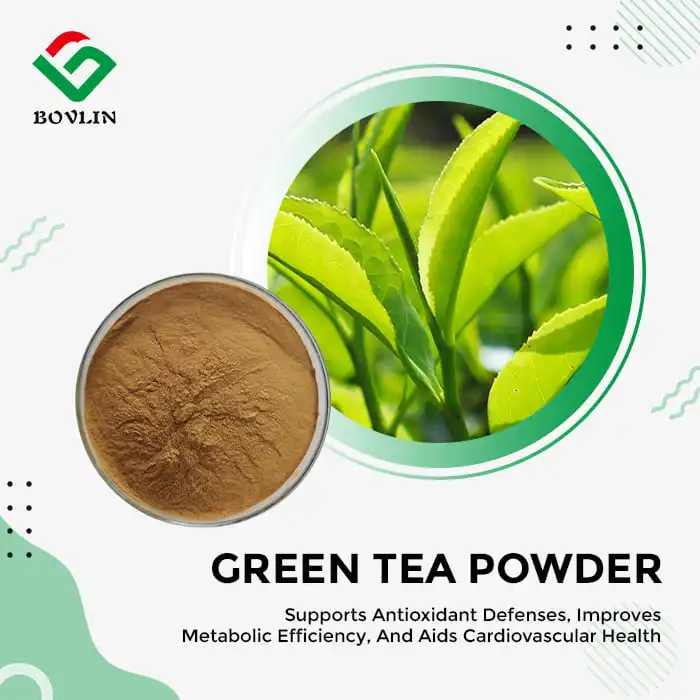What Makes Oat Peptides a Functional Ingredient?
Molecular Structure and Bioavailability
Oat peptides are short chains of amino acids obtained through the enzymatic hydrolysis of oat proteins. This process breaks down larger protein molecules into smaller, more easily absorbed peptides. The resulting molecular structure of oat peptides contributes to their enhanced bioavailability, allowing for more efficient uptake by the body compared to intact proteins. This improved absorption rate makes oat peptides an attractive option for manufacturers seeking to boost the nutritional value of their products without compromising on digestibility.
Functional Properties in Food Systems
The unique properties of oat peptides make them valuable functional ingredients in food formulations. They exhibit excellent solubility across a wide pH range, which is crucial for their incorporation into various food matrices. Oat peptides also demonstrate impressive emulsifying and foaming capabilities, contributing to improved texture and stability in processed foods. These characteristics allow food manufacturers to create products with enhanced sensory attributes while maintaining a clean label appeal.
Allergen-Free Alternative
As the prevalence of food allergies continues to rise, oat peptides offer a promising alternative for individuals with sensitivities to common allergens. Unlike some other protein sources, oats are naturally gluten-free and are generally well-tolerated by most consumers. The hydrolysis process used to produce oat peptides further reduces the potential for allergenic responses, making them a suitable ingredient for hypoallergenic food formulations. This attribute positions oat peptides as a valuable resource for manufacturers catering to consumers with dietary restrictions or those seeking allergen-free options.
Nutritional Value and Bioactivity in Food Applications
Amino Acid Profile and Protein Quality
Oat peptides boast an impressive amino acid profile, containing all nine essential amino acids that the human body cannot produce on its own. This complete protein source provides a balanced array of building blocks necessary for various physiological functions. The protein quality of oat peptides, as measured by the Protein Digestibility Corrected Amino Acid Score (PDCAAS), is comparable to that of animal-derived proteins, making them an excellent plant-based alternative for food fortification. This nutritional equivalence allows manufacturers to create protein-rich functional foods that cater to the growing market of plant-based consumers without compromising on nutritional value.
Bioactive Peptides and Health Benefits
Research has unveiled the presence of bioactive peptides within hydrolyzed oat protein, which may confer various health benefits when incorporated into functional foods. These peptides have demonstrated potential antioxidant, anti-inflammatory, and cholesterol-lowering properties in preclinical studies. While further research is needed to fully elucidate their effects in humans, the preliminary findings suggest that oat peptides may contribute to cardiovascular health, improved digestion, and enhanced immune function. Food manufacturers can leverage these potential health benefits to develop targeted functional food products that appeal to health-conscious consumers.
Fortification and Nutrient Delivery
Oat peptides serve as an excellent vehicle for nutrient fortification in food applications. Their high solubility and neutral flavor profile allow for seamless integration into a wide range of food products without altering taste or texture. This versatility enables manufacturers to enhance the nutritional density of various food items, from beverages and baked goods to dairy alternatives and snack foods. By utilizing oat peptides as a fortification ingredient, food producers can address nutrient gaps in consumer diets and create value-added products that align with current health and wellness trends.
Market Trends in Plant-Based Functional Formulations
Consumer Demand for Clean Label Products
The clean label movement has gained significant momentum in recent years, with consumers increasingly seeking products made from natural, recognizable ingredients. Oat peptides align perfectly with this trend, offering a plant-based, minimally processed alternative to synthetic additives. Food manufacturers are capitalizing on this demand by incorporating hydrolyzed oat protein into their formulations, allowing them to create clean-label products that meet consumer expectations for transparency and simplicity. The versatility of oat peptides enables their use across various food categories, from protein-enriched snacks to functional beverages, catering to the diverse preferences of health-conscious consumers.
Sustainable and Eco-Friendly Protein Sources
As sustainability concerns continue to shape consumer choices, the food industry is actively seeking eco-friendly alternatives to traditional protein sources. Oat peptides present a compelling solution, offering a sustainable plant-based protein option with a lower environmental impact compared to animal-derived proteins. The cultivation of oats requires fewer resources and generates fewer greenhouse gas emissions than livestock production, making oat peptides an attractive ingredient for environmentally conscious food manufacturers. This alignment with sustainability goals enables companies to appeal to eco-conscious consumers while also addressing the increasing demand for plant-based protein options.
Innovation in Functional Food Categories
The incorporation of oat peptides is driving innovation across various functional food categories. In the sports nutrition sector, manufacturers are leveraging the amino acid profile of hydrolyzed oat protein to create plant-based performance products that rival traditional whey-based formulations. The beauty-from-within trend has also embraced oat peptides, with some companies exploring the potential of hydrolyzed oat protein for skin health in functional beverages and supplements. Additionally, the gut health market is seeing an influx of products featuring oat peptides, capitalizing on their potential prebiotic properties and digestive benefits. This cross-category innovation demonstrates the versatility and market potential of oat peptides in the evolving landscape of functional foods.

Conclusion
Oat peptides are at the forefront of a revolution in functional foods, offering a unique combination of nutritional value, functional properties, and market appeal. As consumer demand for plant-based, clean-label, and sustainable products continues to grow, the versatility of oat peptides positions them as a key ingredient for innovative food formulations. With ongoing research uncovering new potential health benefits and applications, the future of oat peptides in the functional food industry looks promising. Food manufacturers who embrace this ingredient stand to gain a competitive edge in the rapidly evolving health and wellness market.
Contact Us
Suppose you're interested in incorporating oat peptides into your functional food formulations or would like to learn more about our high-quality hydrolyzed oat protein products. In that case, we invite you to get in touch with our team of experts. Contact us at sales1@bovlin.com to explore how Shaanxi Bolin Biotechnology Co., Ltd. can support your innovation efforts and help you create cutting-edge functional food products that meet the demands of today's discerning consumers.











